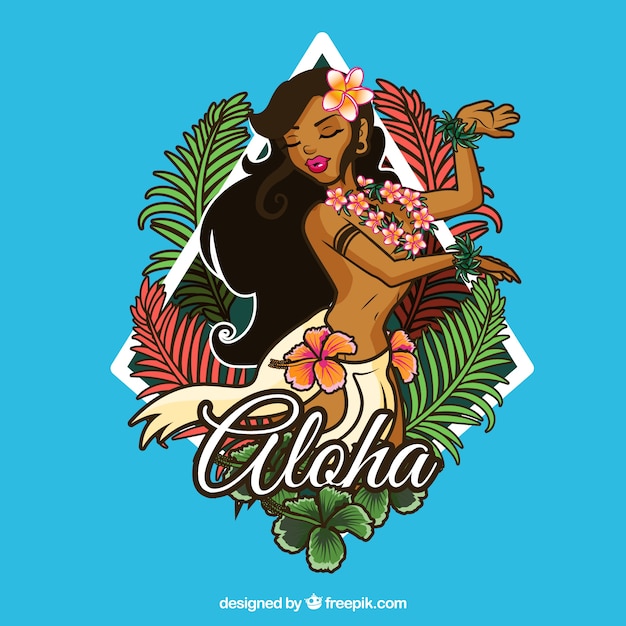
ʻO Lydia Pākī he haumana mele mai kona wā kamāliʻi a i kona wā ʻōpio i ʻike ʻia ai ʻo ia he haku mele a he hoʻokani pila ʻiuʻiu. “ Ancestral song composed by Keaulumoku for Aikanaka, grandfather of Liliʻuokalani, at time of his birth”Īia ma loko o kēia hōʻikeʻike paʻeʻe nā koho mai kekahi mau ʻohina e pili ana i ka noʻeau haku mele ʻana o Lydia Liliʻu Kamakaʻeha Pākī.Autographed sheet music personally placed by Mōʻīwahine (Queen) Liliʻuokalani inside the cornerstone of Liliʻuokalani Elementary School in Kaimukī, Oʻahu on April 12, 1912.The personal hand-written songbook of Liliʻuokalani that contains several of her most significant compositions including the 1866 national anthem, “He Mele Lahui Hawaii.”.The records are presented as PDFs that can be downloaded.

They span several collections at the Hawaiʻi State Archives including the Queen Liliʻuokalani Manuscript Collection (Series M93), Queen Liliʻuokalani Trust Manuscript Collection (Series M397), and Liliʻuokalani Elementary School Cornerstone Manuscript Collection (Series M494). The records in this digital exhibition contain not only original hand-written compositions of Queen Liliʻuokalani, but also some of the music books from her personal library that she studied and learned from. Her best-known song ‘Aloha ʻOe’ was composed in 1878 and after publication, the Hawaiian composition became a popular song outside of the Islands. In 1866, at the age of 28, Lydia composed “He Mele Lahui Hawaii” which became her country’s national anthem. The four, referred to collectively as “Nā Lani ‘Ehā” (The Four Heavenly Ones), have been termed “the Patrons of Hawaiian culture” by the modern-day Hawaiian Music Hall of Fame, which describes them as “not only giants in the field of Hawaiian music but form the very cornerstones of subsequent Hawaiian culture and arts.” Together with her three royal siblings-David Kalākaua, William Pitt Leleiōhoku, and Miriam Likelike-Princess, and later Queen, Liliʻuokalani composed and performed many of the songs that are considered “classics” of Hawaiian music today.


Proficient on several instruments, she composed more than 150 songs and was considered an expert in sight-reading music. The young Lydia Pākī was a student of music from an early age and by her teen years was considered an accomplished musician and composer. Selections from several collections relating to the musical life of Lydia Liliʻu Kamakaʻeha Pākī are presented in this digital online exhibition. Music from Queen Lili‘uokalani Manuscript Collections


 0 kommentar(er)
0 kommentar(er)
